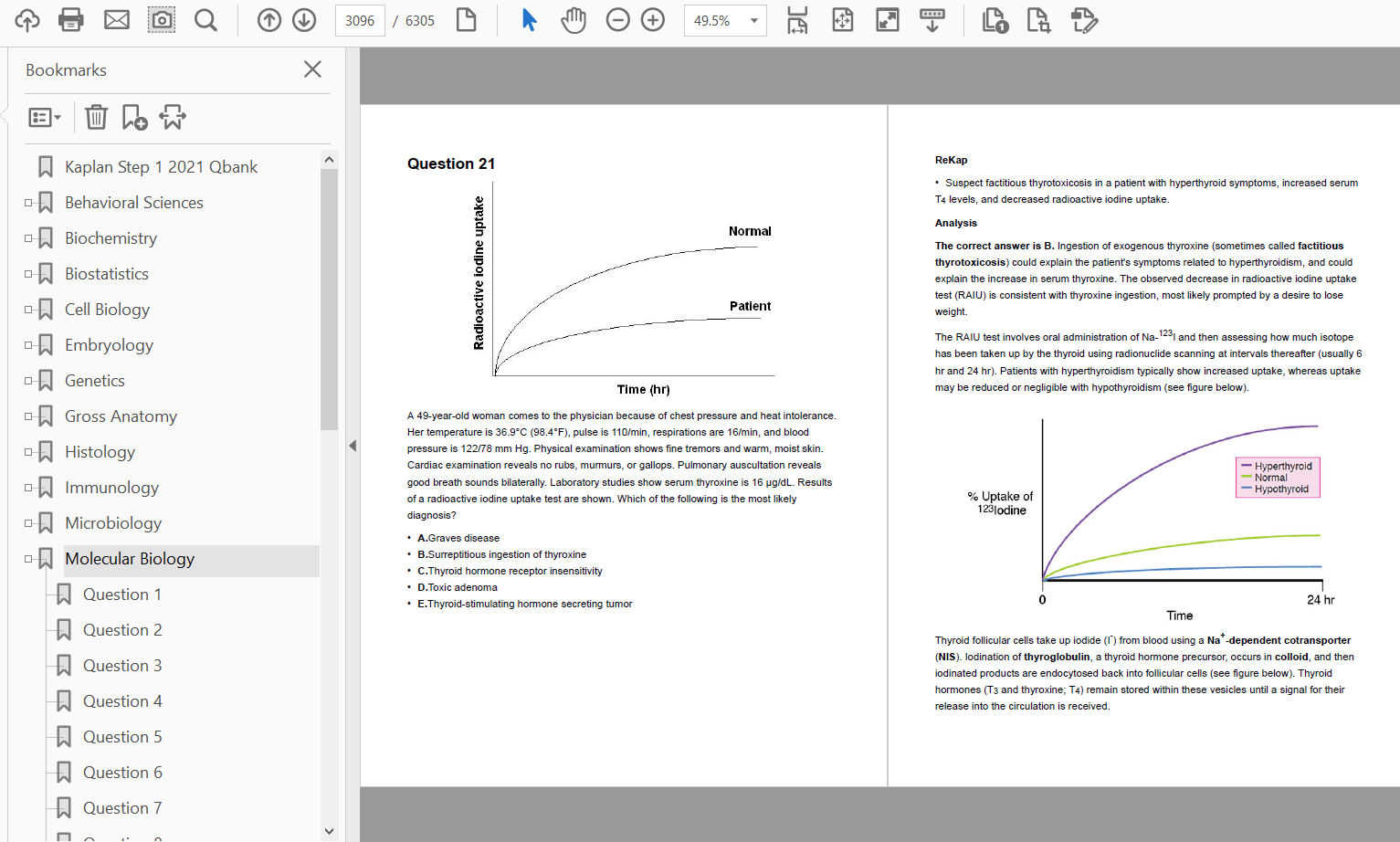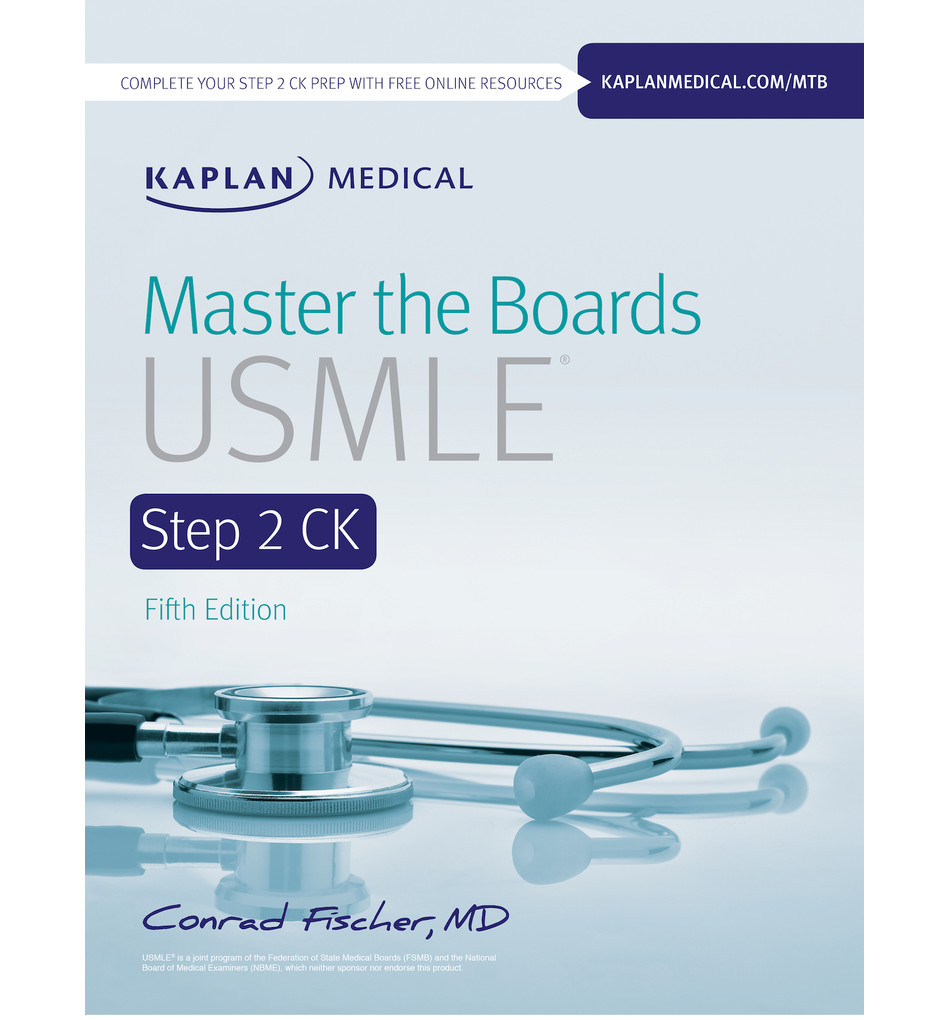

- #Usmle step 1 kaplan qbank rekaps how to#
- #Usmle step 1 kaplan qbank rekaps free#
#Kaplan qbank usmle step 1 blogspot how to#. After using the search bar go past the ads and look for hits that says dbullets. Some are locked for paid members and some are free. At the end of the study guide section there are some practice questions. USMLERx-aligns perfectly with First Aid. Next best feature: Once you find the right answer, you can click on the corresponding learning card to get a more in depth review of that material. If you're wrong, it will explain why the answer you chose is wrong and allow you to rethink through the question and answer again until you find the right answer. AMBOSS- Best feature: it doesn't give you the right answer right away. Then, when you are watching the video, hone in on the parts of the lecture that specifically coincide with the questions you saw! Tip: Try the questions before you watch a video. Best feature: Questions align with the material on the video you just watched. Boards and Beyond-Many videos have corresponding questions at the end. This helps with working through your thought process and how/why you changed your answer. Next best feature: Changing answers! You'll know if you changed your answer from right to wrong. This helps you understand what information is most important in helping you work through the question. They found these to be most challenging and most representative of what they saw on exam days. Kaplan-A lot of students saved Kaplan questions until right before their exam. The African American clue should have cued you in to Sickle Cell Anemia as the most likely answer to step 1 of this two step which would lead you to the correct answer. G6PD is a known cause for hemolytic anemia. Since African American is in the question stem, it's quite likely it's Sickle Cell Anemia.Ģ) Original ASK: "Your tentative diagnosis is best confimed by which of the following?" REWRITTENT: "Sickle Cell Anemia is best confirmed by which of the following?"ģ) The answer is B: Hemoglobin ElectrophoresisīONUS: Did you spot the distractor? The distractor is D: Checking for G6PD deficiency. 
Checking for alpha 1-antitrypsin deciencyġ) STEP 1: Patient is suffering from some anemia as evidenced by low RBC count, pale conjunctiva, fatigue.

Checking for methemoglobin and related enzyme decienciesĮ. Your tentative diagnosis is best conrmed by which of the following?Ī. Lab work shows the presence of Howell-Jolly bodies in his red blood cells, and his red blood cell count is low and left-shifted. He is able to touch his toes without difculty and exhibits above-average exibility. He has no history of bleeding from his gums, but hemorrhagic petechiae appear when he bruises while playing. Physical examination reveals that his sclerae appear slightly yellow. He eats a good breakfast every day consisting of cereal and milk, a banana, and a tall glass of freshly squeezed orange juice. His mother states that he has complained of fatigue constantly, and she is troubled that it could be his heart.
#Usmle step 1 kaplan qbank rekaps free#
" A 4-year-old African-American male presents at a free clinic with pale conjunctiva, breathlessness, and mild icterus. Turn the TWO STEP into a ONE STEP by writing down the answer to STEP 1 of a TWO STEP and then rewriting the ASK/PROMPT with the answer to the first step.
#Usmle step 1 kaplan qbank rekaps how to#
What isn't so obvious is that often times students can employ lazy techniques (like keeping the answer to step 1 in their brain) and/or they get to the ASK of the prompt and either get distracted and forget the importance of their STEP 1 answer or they THINK they have no idea how to answer the ASK/PROMPT based off how it is written. The difference between one step and two step questions is being able to accurately answer step one (this is the obvious part). The strategy above, while it might take a little longer, can help prevent you from distractors. Two step questions are fairly common in STEP 1 style questions. 1) Answer STEP 1 of a TWO STEP question and WRITE IT DOWN on your green sheetĢ) REWRITE the ASK/PROMPT of the question WITH the answer to STEP 1ģ) Evaluate your answer choices with your REWRITTEN ASK/PROMPT







 0 kommentar(er)
0 kommentar(er)
